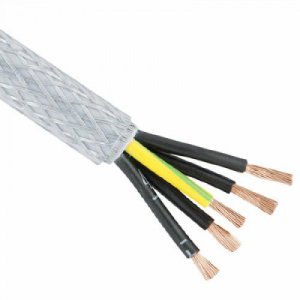- Joined
- Feb 13, 2017
- Messages
- 2,138
As an "old school" electrician, I would say there is little to no difference for 208, 210, 220, 230, and 240 volt motors. Running at full load where one HP=~750 watts, an older motor (208 V) may run warmer than normal. My standard is to lay an open palm on the motor for 45 seconds.(count to 60) If it's too hot for that, it's running hot and needs to be investigated. The problem there is that each person has a different perspective of "hot".
VFDs generate a synthetic sine wave, older motors may "rebel" at being run at below or above base speed. This is primarily a magnetic charactistic and running a 60 cycle motor at 50 cycles will cause heating. This is a common issue running American made motors in Europe and is largely ignored.
There are more modern motors that are specifically designed to run at variable frequencies. But for a hobbyist running a machine tool, full load is seldom, if ever, reached. When you get below 50 cycles, it may run warm. But as long as you can't cook an egg on it, it shouldn't hurt.
The one big issue is flammables, such as oily rags. Housekeeping is an important issue in a shop anyway, but attention must be paid to motors. Any motor, even the drive motor on a table saw should be protected from sawdust.
.
VFDs generate a synthetic sine wave, older motors may "rebel" at being run at below or above base speed. This is primarily a magnetic charactistic and running a 60 cycle motor at 50 cycles will cause heating. This is a common issue running American made motors in Europe and is largely ignored.
There are more modern motors that are specifically designed to run at variable frequencies. But for a hobbyist running a machine tool, full load is seldom, if ever, reached. When you get below 50 cycles, it may run warm. But as long as you can't cook an egg on it, it shouldn't hurt.
The one big issue is flammables, such as oily rags. Housekeeping is an important issue in a shop anyway, but attention must be paid to motors. Any motor, even the drive motor on a table saw should be protected from sawdust.
.


